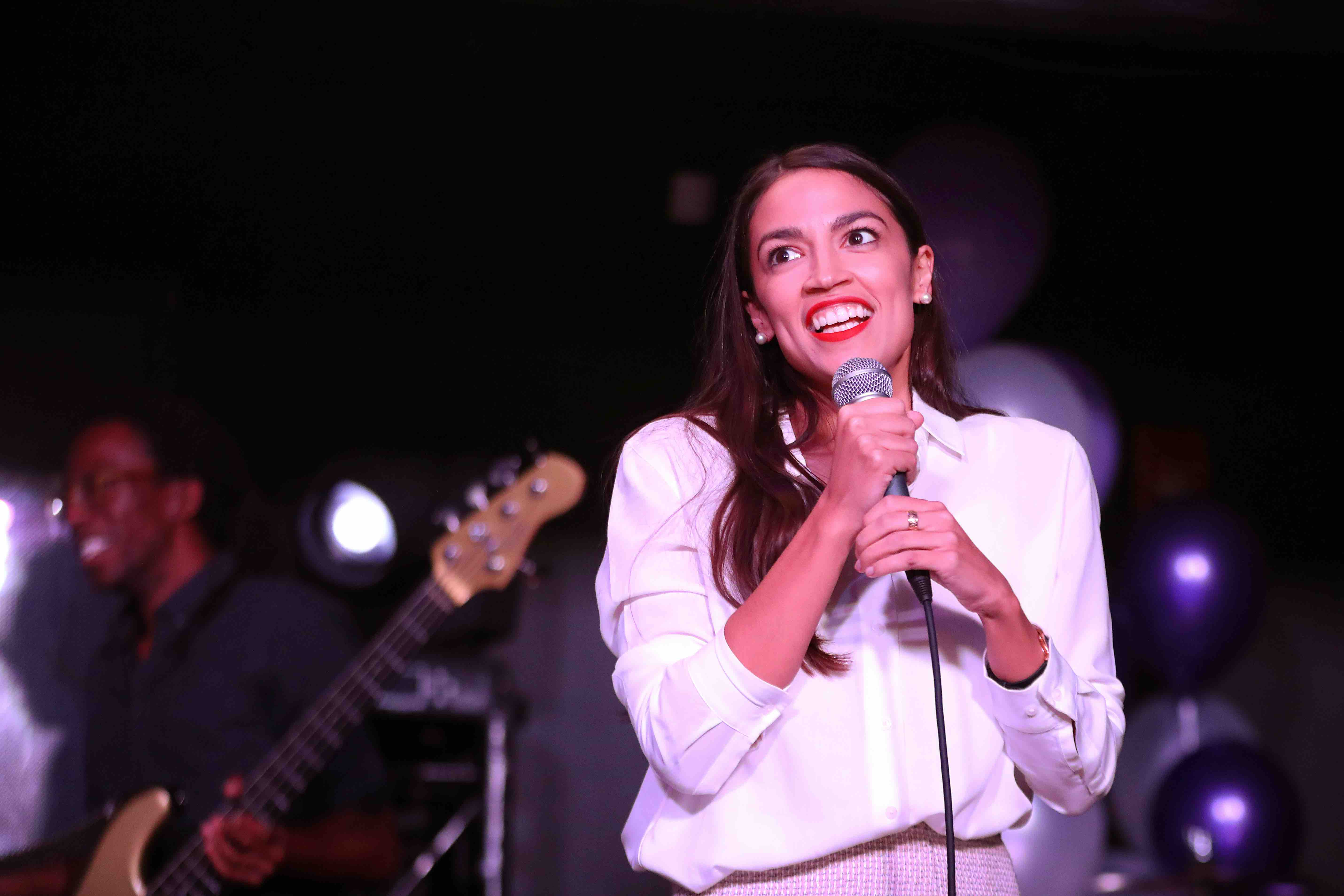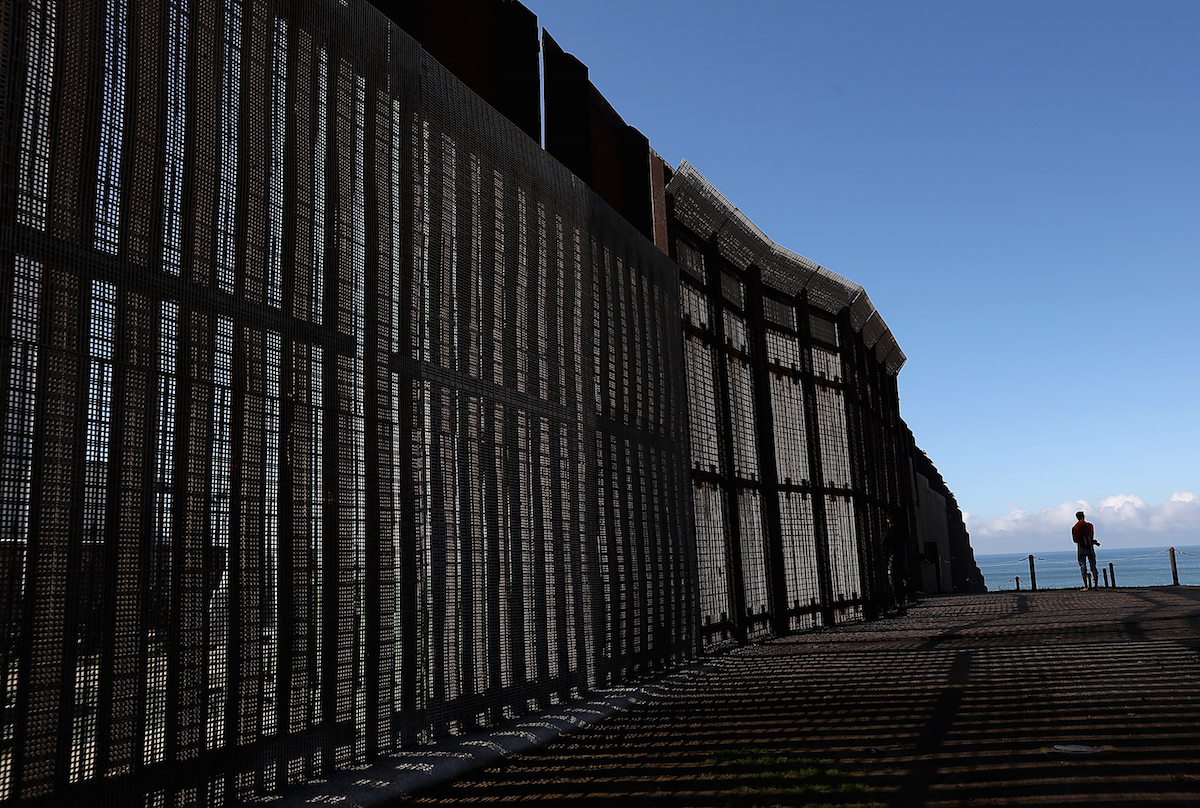According to Democratic pollsters, my Abuela Linda was a lost cause. Her profile embodied the model Republican voter in Miami: a senior Cuban-American still allergic to the word izquierda. Yet on the eve before the midterm elections, my grandmother found herself knocking on doors, persuading Cuban women to vote for Democrats this year. In between reminiscing about Havana and the difficulties that came with learning English, some of these women found common ground and hope, similar to what they felt decades ago when they made the painful decision to leave Cuba for the US. And one by one, door after door – some reluctantly coaxed – they broke with tradition and unknowingly became part of a trend that could lead the Democratic party to a major win in 2020: the Latina blue wave.
This starts with recognizing that our communities are not a monolith.
But to achieve the full potential of of this wave, the Democratic party must continue to improve the way it approaches the Latinx electorate. We’ve come a long way and, if we go that extra mile, the results could be groundbreaking. This starts with recognizing that our communities are not a monolith and our political leanings are influenced by numerous factors, including location, race, sexual orientation, and gender. And it’s in this last category where we can truly make strides.
Not surprisingly, on Tuesday night, we confirmed that the resistance is, in fact, female. The fervor felt on the streets translated into local governments and a Congress that now houses more women than ever before – including women with surnames like Hidalgo, Lujan Grisham, Cancela, Escobar, Garcia, and Ocasio-Cortez. Tuesday showed that Latinas can win races up and down the ballot, and they can also transform the face of politics.

However, we can make an ever bigger impact. Since the 1980s, women have outvoted men. Political scientists hypothesize this is because of several reasons, including the possibility that women more frequently feel the effects of the government in their everyday lives. Within the Latinx community, Latinas also outvote men, and at higher rates than white women outvote white men, according to a study on Latina voters by Unidos US and California Civic Engagement Project. Young Latinas – aged 18 to 24 – are particularly engaged, and outvote Latinos at especially high rates. In 2016, 40.7 percent of Latinas in this age group went out to the polls versus 27.9 percent of Latinos. Women do all this while making up slightly less than half of the Latino population.
During the midterms, we saw more of this trend. Not only did a record number of women turn out this year, but each vote solidified the theory that women of color are the Democrats’ biggest warriors. In Nevada, 54 percent of Latino men voted for Democratic candidates in the Senate race compared to 75 percent of Latinas. Preliminary exit polls also indicate that, in key states, Latinas voted blue more reliably than Latinos and outpaced them. Once again, Latinas have shown they’re forcefully swinging the pendulum in the battlefield.
And yet, outreach to Latinx communities is insufficient. According to Latino Decisions, in California, for example, no political campaigns had reached out to 60 percent of registered Latinos ahead of Tuesday’s election. In general, Latinas receive less outreach than men. For this year’s election, 62 percent of registered Latinas reported that they weren’t asked to vote by any campaigns or organizations. Meanwhile, 54 percent of Latino men said they hadn’t seen any outreach.
Regardless of whether or not you believe the numbers or these polls, there’s a clear picture we can all agree with: the Latinx community deserves more attention. Latinas still helped lead the way on Tuesday. But to do more, all of us in political spaces – and not just Latinx operatives – need to make an effort to understand our differences and break away from the current thinking that tends to lump us together as a monolith. We don’t vote as a monolith. (Texas, where apparently 34 percent of Latinas voted for Ted Cruz, is an example of this.) Only then, can we continue to embrace change in this country.

Perhaps we can start by saying that instead of a sleeping giant – a term long used to define our unrealized voting potential – the Latinx community relies on woke giantesses. We just need more Latinas to see themselves reflected in that image. Ahead of the midterm elections, I traveled from coast to coast, and I saw that portrait: The Afro-Latinas making art in Florida; the transgender Latinas fighting for change at the border; the Asian-Latinas creating coalitions in California; the midwestern Latinas seeking to be heard; the young Cuban-Americans parting ways with tradition; and the first-generation rural Latinas advocating for their families. I saw the distinctions that exist between us, but also the clarity that defines our common truth.
More than anything, I saw Latinas involved in local movements that touch on the issues that never make headlines, take up screen time on the news, or are analyzed in the latest polls. With limited resources, they’re combating pesticide and toxic air in northern California, fighting police brutality in Arizona, helping displaced Puerto Ricans in central Pennsylvania, hosting citizenship fairs in Nevada, and supporting transgender detainees in New Mexico. These are issues that affect millions of lives, but prove less sexy for national discourse. But they keep fighting for their communities. And while it’s easy for hopelessness to sink in during Donald Trump’s Administration – an era that has almost erased hope and change from our vocabularies – these Latinas have always known that the future is in their hands.
An answer is already within reach: invest in Latinas.
As my Abuela Linda walked up and down the streets of Little Havana, I thought to myself that she may be the key to reclaiming 2020. Like broken records, we’ll ask ourselves ,“how do we get more Latinos to show up next time?” But an answer is already within reach: invest in Latinas. This doesn’t just mean giving more money to the real heroes who do this work every day – it means being innovative in our approach. It means leaving biases behind. Researching the nuances. Empowering our abilities. Making us jefas. Following our lead. It means not being scared to really know us – all of us. Because, if Linda was able to transform one block, imagine what 14 million eligible Latina voters can do.







